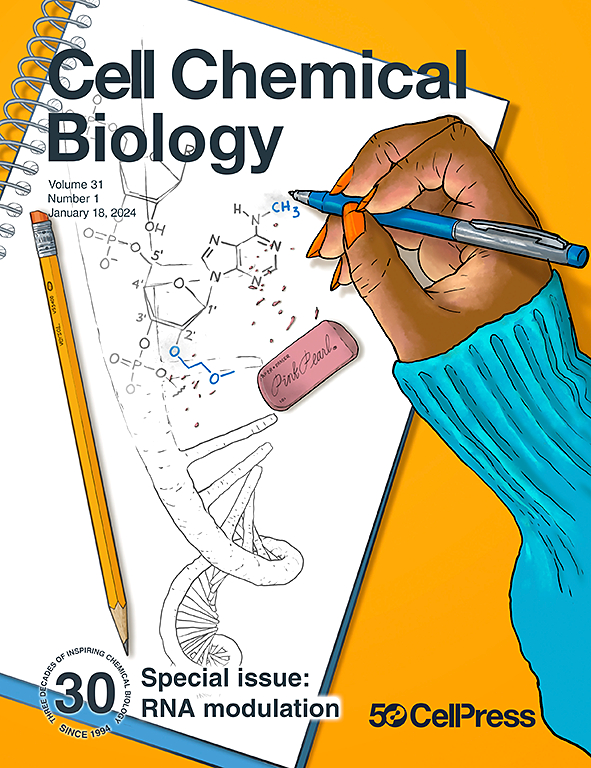植物合成基因组学:从小酵母中汲取大教训
IF 6.6
1区 生物学
Q1 BIOCHEMISTRY & MOLECULAR BIOLOGY
引用次数: 0
摘要
酵母因其遗传适应性而被广泛研究和改造。Sc2.0和Sc3.0等项目证明了构建合成酵母基因组的可行性,在研究和工业应用方面都取得了可喜的成果。相比之下,由于植物基因组的复杂性,植物合成基因组学一直面临挑战。不过,最近利用模式苔藓植物斑叶蕨藻(Physcomitrium patens)开展的 "SynMoss "项目取得的进展为植物合成基因组学提供了机遇。青苔和酵母的共同特点,如高同源重组率和显性单倍体生命周期,使研究人员能够对青苔基因组进行类似的操作,为植物合成生物学的研究和应用开辟了广阔的前景。总之,利用酵母合成基因组学的洞察力并将其应用于植物,以冬青树为突破口,显示出植物合成基因组学革命的巨大潜力。本文章由计算机程序翻译,如有差异,请以英文原文为准。
Plant synthetic genomics: Big lessons from the little yeast
Yeast has been extensively studied and engineered due to its genetic amenability. Projects like Sc2.0 and Sc3.0 have demonstrated the feasibility of constructing synthetic yeast genomes, yielding promising results in both research and industrial applications. In contrast, plant synthetic genomics has faced challenges due to the complexity of plant genomes. However, recent advancements of the project SynMoss, utilizing the model moss plant Physcomitrium patens, offer opportunities for plant synthetic genomics. The shared characteristics between P. patens and yeast, such as high homologous recombination rates and dominant haploid life cycle, enable researchers to manipulate P. patens genomes similarly, opening promising avenues for research and application in plant synthetic biology. In conclusion, harnessing insights from yeast synthetic genomics and applying them to plants, with P. patens as a breakthrough, shows great potential for revolutionizing plant synthetic genomics.
求助全文
通过发布文献求助,成功后即可免费获取论文全文。
去求助
来源期刊

Cell Chemical Biology
Biochemistry, Genetics and Molecular Biology-Molecular Medicine
CiteScore
14.70
自引率
2.30%
发文量
143
期刊介绍:
Cell Chemical Biology, a Cell Press journal established in 1994 as Chemistry & Biology, focuses on publishing crucial advances in chemical biology research with broad appeal to our diverse community, spanning basic scientists to clinicians. Pioneering investigations at the chemistry-biology interface, the journal fosters collaboration between these disciplines. We encourage submissions providing significant conceptual advancements of broad interest across chemical, biological, clinical, and related fields. Particularly sought are articles utilizing chemical tools to perturb, visualize, and measure biological systems, offering unique insights into molecular mechanisms, disease biology, and therapeutics.
 求助内容:
求助内容: 应助结果提醒方式:
应助结果提醒方式:


